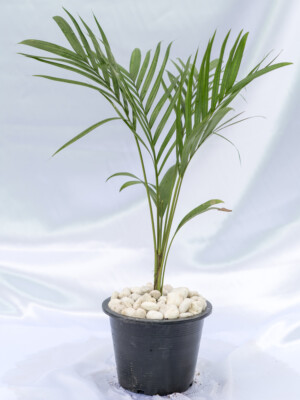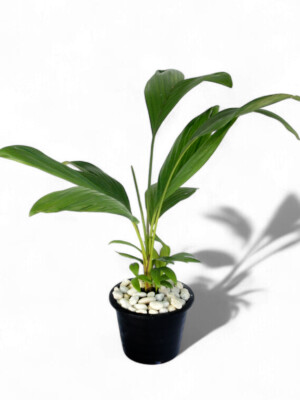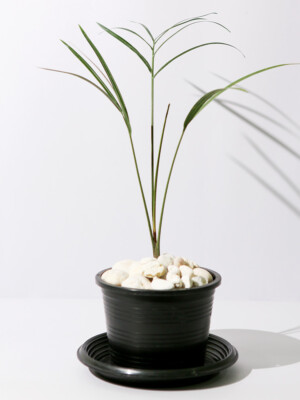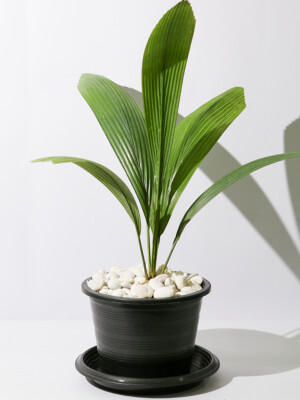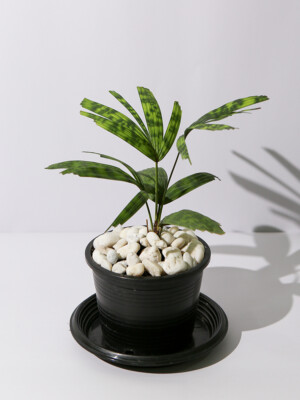Pot:
Q7, ø16
Height:
30/40 (S), 40/50 (M-L)
Hardiness:
Not Hardy
Watering:
Low
Sunlight:
Low
Pot:
Q7, ø16
Height:
30/40 (S), 40/50 (M-L)
Hardiness:
Not Hardy
Watering:
Low
Sunlight:
Low
From: $12.90
Share:
Product Overview:
How to Care for Your:
Copernicia macroglossa
Pot:
Available in pot sizes of Q7, ø16cm.
Height:
Choose between 30/40 (S), 40/50 (M-L)cm. tall plants.
Hardiness:
Not Hardy
Watering:
Low
Sunlight:
Low
Pot:
Q7, ø16
Height:
30/40 (S), 40/50 (M-L)
Hardiness:
Not Hardy
Watering:
Low
Sunlight:
Low
Copernicia macroglossa commonly known as the Cuban Petticoat Palm is a striking and unique palm species native to Cuba. This distinctive palm is renowned for its unusual appearance, characterized by its large, fan-shaped leaves and the persistent old leaf bases that hang down in a “petticoat” fashion around the trunk. This feature gives the palm its common name and adds to its ornamental appeal.
The Cuban Petticoat Palm typically reaches a height of 4 to 6 meters (13 to 20 feet) when mature, with a stout, columnar trunk that is covered in the fibrous remains of old leaf bases. The leaves are palmate and can grow up to 1.5 meters (5 feet) in diameter, forming a dense, rounded crown. Each leaf is divided into numerous stiff segments that radiate outwards, creating a striking fan-like structure. The leaves are a vibrant green, adding a lush and tropical feel to the surroundings.
This palm thrives in warm, tropical climates and prefers well-drained soil with full sun exposure. It is drought-tolerant and can withstand periods of dry conditions, making it a resilient choice for tropical and subtropical regions. The Cuban Petticoat Palm is often used in landscaping for its ornamental value, creating a dramatic visual impact in gardens, parks and public spaces.
Copernicia macroglossa is relatively low-maintenance, requiring minimal care once established. Regular watering during the establishment phase helps ensure healthy growth, but mature palms can thrive with minimal irrigation. Copernicia macroglossa is resilience and distinctive appearance make it an excellent choice for plant enthusiasts and collectors.
In addition to its aesthetic appeal, the Cuban Petticoat Palm plays a role in local ecosystems by providing habitat and food for various wildlife species. Its unique “petticoat” appearance and robust growth make it a standout feature in any tropical landscape, showcasing the beauty and diversity of palm species.
Related
Instagram Feeds













